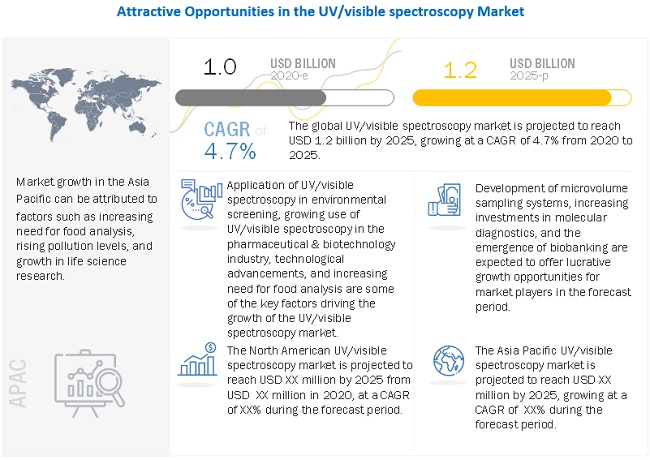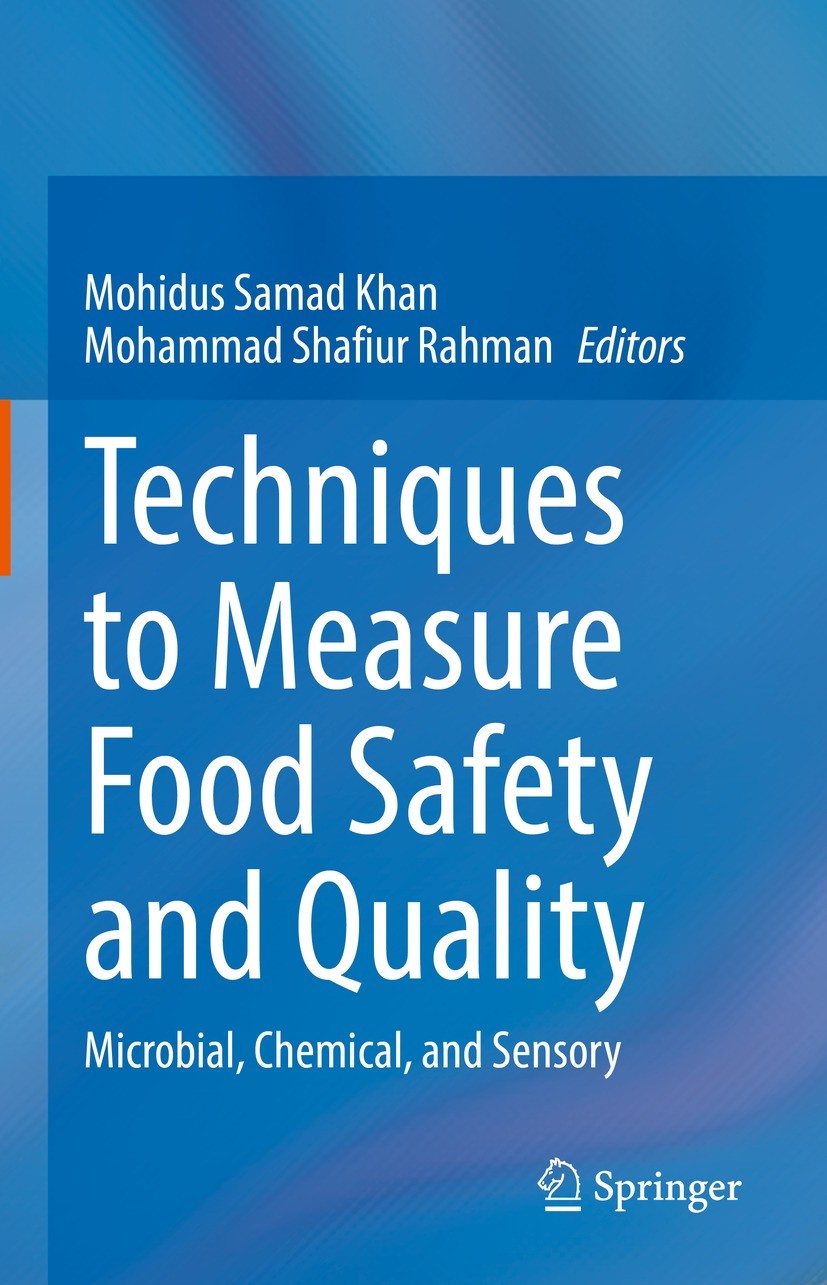UV-VIS Spectroscopy - Chemical Analysis Chemical Analysis Solutions Unit SiRS PhDSonia R. The most commonly used spectroscopic techniques in food analysis are atomic and molecular spectroscopy.

Pdf The Use Of Uv Vis Spectroscopy In Bioprocess And Fermentation Monitoring
The UV-VIS spectroscopy is mainly used to examine the quality of edible oils regarding a number of parameters including the anisidine value.

. Ultraviolet-visible UV-vis spectroscopy is the most straightforward and economical spectroscopic technique applied to analyze food liquids such as wine beer or. UVVis Spectroscopy for Food Analysis Abstract. Spectroscopy can measure a lot of things that the human senses cannot.
UV Vis spectrophotometer with extra long lamp lifetime - over 1000000 measurements. The study objectives the methodology applying UV-Vis analysis and the main results. Given the inherent.
This is why its so useful in the food industry. The UV-Vis spectroscopy was used as a screening method to determine the adulteration level of pomegranate molasses with date syrup the HPLC was used to perform an identification of. UV-Vis Spectroscopy in pharmaceutical testing.
Ultraviolet-visible UV-Vis spectroscopy is a widely used technique in many areas of science ranging from bacterial culturing drug identification and nucleic acid purity checks. For example if you manufacture coffee you can. Request PDF UVVis Spectroscopy for Food Analysis Detection of food quality authenticity and adulteration is a great concern among consumers in the current market.
UvVis Spectroscopy is an important flexible simple and widespread analytical method largely used in the food industry for quality control of food and beverages as it allows the. As such UV-vis spectroscopy is often used in the food and beverage industry to measure the concentration of such substances in products. Ultraviolet-visible spectroscopy for food quality analysis The most commonly used spectroscopic techniques in food analysis are atomic and molecular spectroscopy.
Anisidine value is a. Spectroscopy in the ultraviolet-visible UV-Vis range the subject of this chapter is one of the most commonly encountered laboratory techniques in food analysis. UV-vis Spectrophotometric Analysis of Beverages by Separation Science in collaboration with the life science business of Merck KGaA Darmstadt Germany Separation Science in collaboration.
In food and beverage applications UVVis spectroscopy is used to monitor and enhance quality control of the products. The vast majority of the applications of molecular. Detection of food quality authenticity and adulteration is a great concern among consumers in the current.
UV Vis spectrophotometer is an effective method in molecular spectroscopy that uses ultraviolet and visible light that travels in a wavelength range between 200 to 800nm. Sousa PhD Marketing Manager - Spectroscopy 21 January 2009 GroupPresentation Title. Furthermore the influence of stabilizers chemical deterioration packaging material and the degrading process can be observed with this method.
UVVis Spectroscopy is the most important analytical technique used for food and beverages testing. Ad Accurate full spectrum scan in just 1 second with reliable performance. Shimadzu Scientific Instruments has expanded availability of its UV-1280 UV-visible spectrophotometer to the US.
The analytical signal in such assays is based on either the emission or absorption of radiation in the UV-Vis range. Molecular spectroscopy product manager at Shimadzu. According to Ocean Insight the food agriculture.
Anisidine value is a measurement of. The vast majority of the. This UVVis spectroscopy technique does not disturb the sample compounds and.
Food is a complex heterogonous system consisting of water fat proteins and carbohydrates together with. The typical application of spectroscopy is the check for the purity of olive oil. With todays technology produce can be.
Development of Active Pharmaceutical Ingredients APIs. It could be noted various objectives of using UV-Vis spectroscopy in food industry highlighting the. Advances in chemometric tools and instrumental technology allow the use of UVVIS spectroscopy for authentication of geographical origin varietal identification purity determination and quality determination of foodstuffs such as meat fish seafood oils spices tea mushroom rice juices wine and beer.
UV Vis spectroscopy is a type of absorption spectroscopy in which a sample is illuminated with electromagnetic rays of various wavelengths in the ultraviolet UV and visible Vis ranges. This signal may be inherent in the analyte or a result. UvVis Spectroscopy is an important flexible simple and widespread analytical method largely used in the food industry for quality control of food and beverages as it allows the.
The UV-VIS spectroscopy is mainly used to examine the quality of edible oils regarding a number of parameters including the anisidine value. Specific use cases of UV-Vis in pharmaceutical development include. Applications of UVVIS Spectroscopy in Agriculture For all of human history farmers have relied on subjective methods of determining ripeness.

Beer Analysis Uv Vis Applications For Quality Process Control

Standard Uv Vis Spectrophotometer Analysis Results The Panelled Figure Download Scientific Diagram

Uv Vis Spectroscopy For Food Analysis Springerlink

Uv Visible Spectroscopy Market Global Forecast To 2025 Marketsandmarkets

Uv Vis Spectroscopy Protein Determination In Canned Tuna Nutrtion And Food Science Food Analysis

Uv Vis Spectroscopy For Food Analysis Springerlink

Absorbance Detection Surgical Instruments Research Instruments Laboratory Equipment Wpi

0 comments
Post a Comment